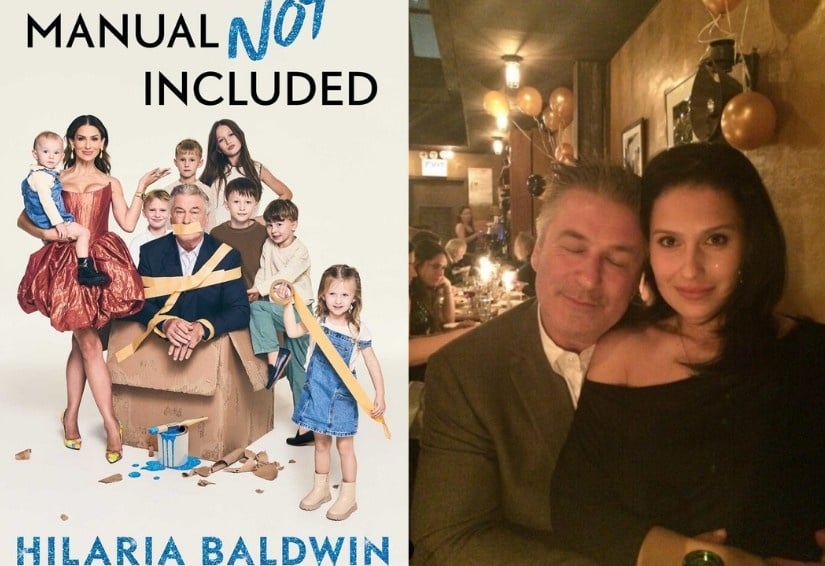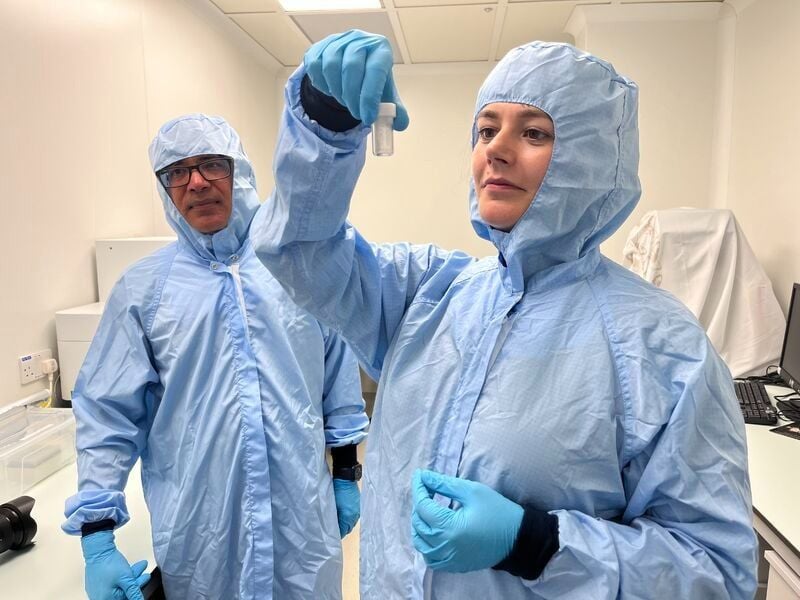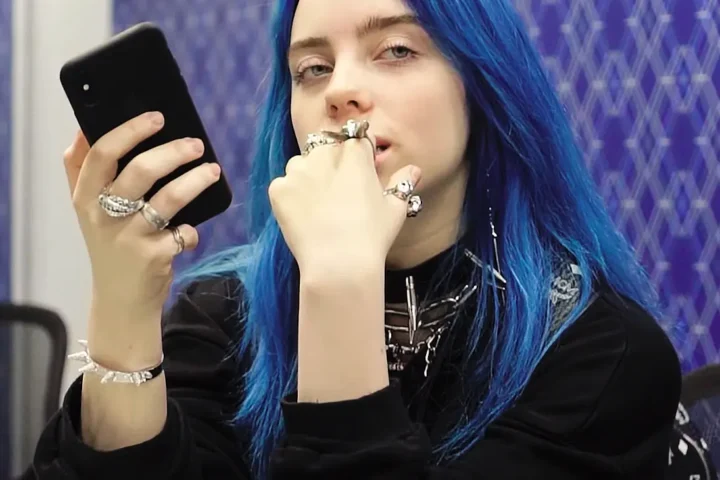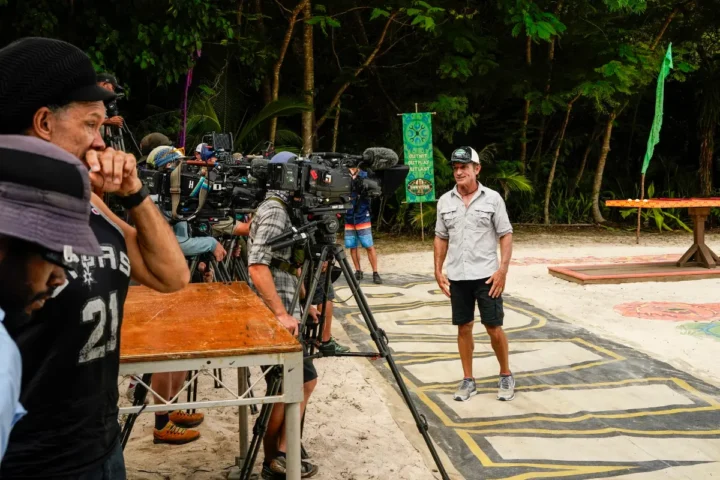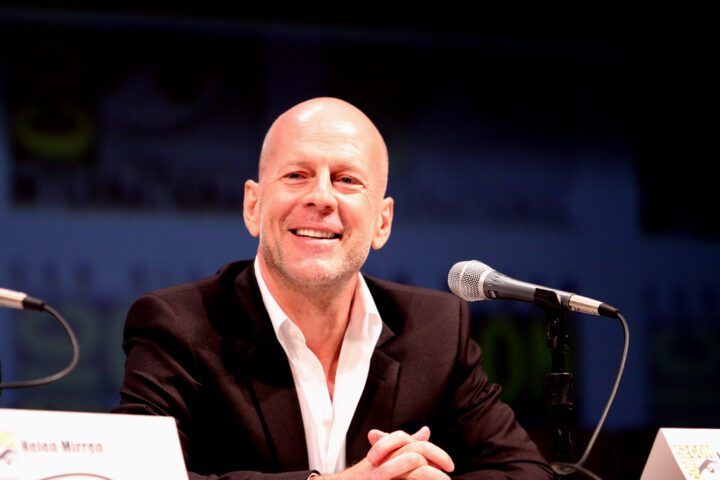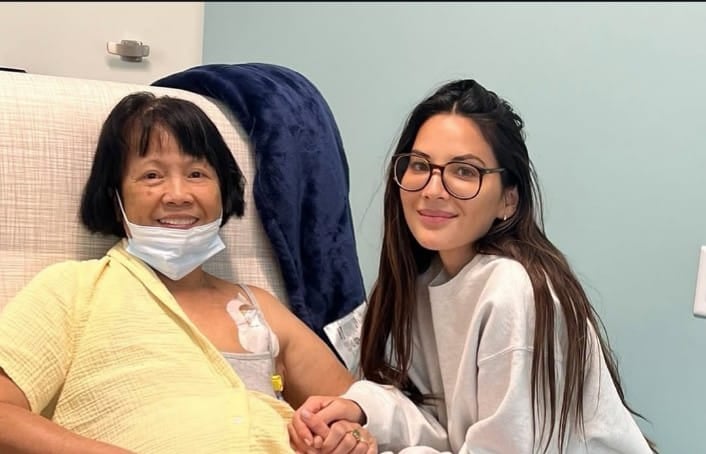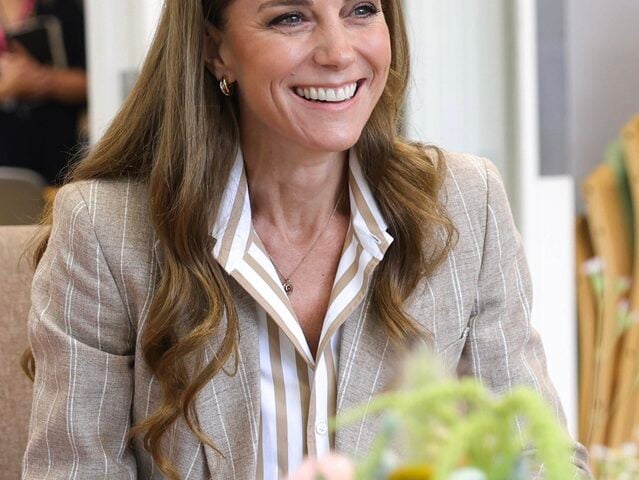In her forthcoming memoir “Manual Not Included” (Gallery Books, May 6, 2025), Hilaria Baldwin takes readers behind the headlines of her infamous accent controversy with a neuroscience twist. The wellness entrepreneur and co-founder of Yoga Vida reveals that neurodivergence—specifically ADHD and dyslexia—plays a significant role in her sometimes fluctuating accent and cultural expression.
“I have a brain that is one part English, one part Spanish,” Baldwin writes, illuminating the neurological reality that shapes her daily communication experiences.
Neurodivergent Communication: The Brain Science
Baldwin’s revelation lands amid growing awareness of adult ADHD, which affects approximately 15.5 million American adults (6.0% of the population), according to October 2024 CDC data. This isn’t just a minor footnote—it represents a significant population dealing with executive function challenges daily.
For bilingual individuals with ADHD, language processing follows different neural pathways. The prefrontal cortex, which manages attention and executive function, works differently in ADHD brains, potentially affecting language consistency. When you add dyslexia—which co-occurs in 30–50% of ADHD cases according to the International Dyslexia Association—the neurolinguistic complexity increases substantially.
Speech patterns that might seem inconsistent to neurotypical observers often reflect genuine neurodivergent cognition. Baldwin explains how treatment improved her linguistic boundaries: “The more I got treatment for the ADHD that I was trying to ignore, the better I got at separating the two languages and not getting as distracted.”
Trauma Response to Public Scrutiny
The 2020 backlash surrounding Baldwin’s accent triggered what clinicians would recognize as an acute stress response with depressive features. In a People magazine excerpt, she describes the psychological impact with stark honesty: “When I woke up, I wanted to be dead.”
This reaction represents a textbook case of how public shaming can exacerbate underlying mental health vulnerabilities. Research shows individuals with ADHD have an 18.9% suicide attempt rate compared to 9.3% in non-ADHD peers, highlighting the serious mental health stakes for neurodivergent people facing public criticism.
Baldwin credits her recovery to professional intervention and social support: “Alec was so good to me throughout this time. He had experienced similar situations… He could reach out from a place of real empathy and personal experience.”
Similar Posts
Beyond Headlines: The Entrepreneurial Reality
While media focus centered on her accent, Baldwin’s entrepreneurial accomplishments deserve attention. In 2009, she co-founded Yoga Vida in New York’s West Village with Michael Patton, expanding to multiple locations across Manhattan and Brooklyn.
As a mother of seven children, Baldwin navigates the complex neural demands of parenting while managing ADHD and dyslexia—conditions that can challenge executive function, working memory, and emotional regulation.
Clinical Context: Adult ADHD Guidelines Evolution
Baldwin’s disclosure coincides with a watershed moment in adult ADHD treatment. The American Professional Society of ADHD and Related Disorders (APSARD) is developing the first-ever U.S. clinical guidelines for adult ADHD diagnosis and treatment, filling a critical healthcare gap.
Led by experts including Thomas Spencer, M.D., and Frances Levin, M.D., these guidelines will standardize diagnosis and treatment approaches for the millions of American adults with ADHD who currently receive inconsistent care.
Neurodiversity Framework: Clinical Applications
For adults who identify with Baldwin’s experience, current clinical best practices suggest:
- Comprehensive Assessment: Proper ADHD and learning disorder evaluations include standardized rating scales, detailed developmental history, and ruling out other conditions.
- Multimodal Treatment: Effective approaches typically combine medication (when appropriate) with cognitive-behavioral strategies and executive function coaching.
- Accommodative Strategies: For bilingual neurodivergent individuals, speech-language pathologists can develop personalized techniques for managing code-switching challenges.
- Community Connection: Peer support through organizations like CHADD (Children and Adults with ADHD) provides essential validation and practical strategies.

The increasing recognition of neurodiversity in adults represents a significant shift from pathologizing differences to understanding neurological variations as part of human diversity. Baldwin’s story highlights how neurodivergent traits interact with cultural identity in complex, individualized ways that defy simple explanations.
As APSARD’s guidelines emerge and neurodiversity awareness grows, the approximately 15.5 million American adults with ADHD may find increased understanding and support for their unique cognitive profiles—creating space for authentic self-expression beyond judgment and toward genuine mental health equity.
